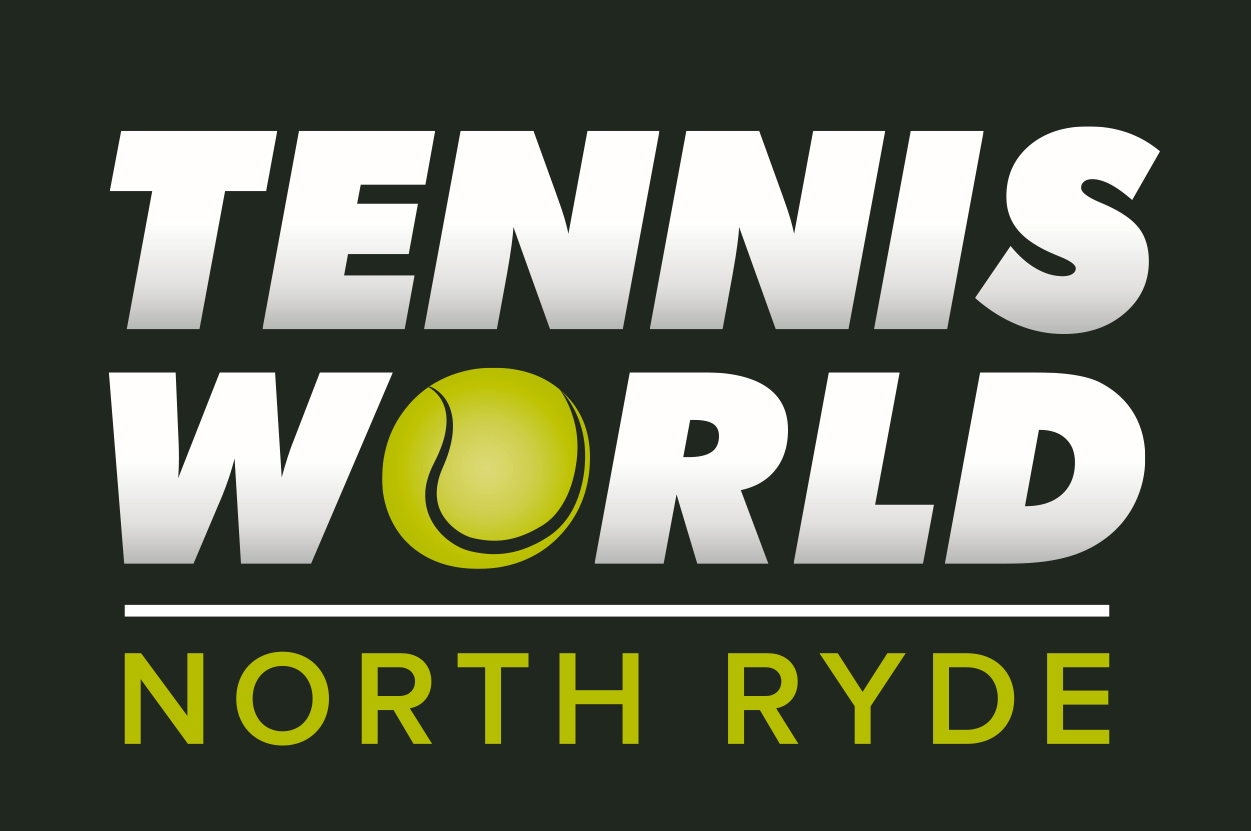[vc_row][vc_column][vc_column_text]It has long been established that watching the top pro’s can help improve your own game, pay attention to their body movements and temperament during the course of a match.
Focus on particular shots or areas of your game that need improvement and study the player executing their own versions of a shot or a particular technique.
The head and gaze behaviour of elite players at the moment of impact compared to that of less skilled players is of great interest.
The good clubs such as Tennis World North Sydney will have development coaches to help assist you in this area.[/vc_column_text][/vc_column][/vc_row][vc_row][vc_column][vc_column_text]
Method
A study as shown by means of photo’s on all the major players demonstrated that elite players’ eyes invariably do not follow the ball, and highlighted that tracking the ball as close as possible to the impact zone is not feasible.
The study shows that most players are in full control of their gaze and head movement during the hitting phase.
The Results
The hitting sequences studied revealed that elite players not only seem to follow the ball longer than other players but also possess a characteristic posture of the upper body: at impact, their head and eyes are turned in the direction of the hitting zone.
Also, it is shown that Federer and Nadal not only keep their eye on the ball up to the moment of impact, but after their head remains still and in the direction of the contact zone.
The biggest finding unearthed in the study was that top players were able to maintain a fairly consistent control; a consistency also illustrated on the women’s tour by Steffi Graf who kept her eyes on the ball on every shot with significant fixation after impact.[/vc_column_text][/vc_column][/vc_row][vc_row][vc_column][vc_empty_space][vc_single_image image=”1098″ img_size=”full”][/vc_column][/vc_row][vc_row][vc_column][vc_column_text]
Conclusion
The top players are expected to maintain visual contact with the ball as they complete the hitting action but this was not consistent with the study.
What emerged is that elite players are not individual in the way they deal with the gaze control in tennis as they are in the way they hit the ball.
It is significantly illustrated in the game today, by the consistency of Roger Federer and Rafael Nadal. Broadly speaking these two players demonstrate that it is possible and even beneficial to play tennis with the eyes not always focused on the ball. And therefore, watching the ball’s flight path is not the strategy used by the best players.
It seems strange in a way what conclusions the survey through up, many young players are coached that at all times they must watch the path of the ball. It looks like it is more critical that the gaze is fixed most at the point of contact with the head still.
Of course in kid’s tennis you have to learn to walk before you can run, but it is worthwhile considering as your game development the technique used by the top players around the world.[/vc_column_text][/vc_column][/vc_row]
